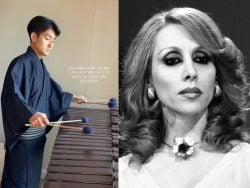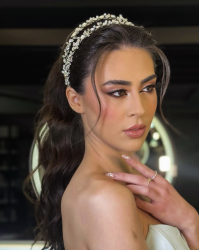The Evolution of Lebanese Music From The 1960s To The 2000s
Ready for a hefty dose of nostalgia? How about we go over the evolution of Lebanese music? Starting from the golden age of the 1960s to the 2000s, here are the highlights.
The 1960s were the years of lyricism, theater, and musicals, with icons like Wadih El Safi, Fairouz, and Sabah taking the stage. Though somewhat traditional compared to the many years to come, most people look back at this era of Lebanese music with a sense of nostalgia.
The traditional sound to the 1960s didn’t stop different genres from entering the scene. For those who don’t know Mayada, the Lebanese diva made a unique debut with a “franco-libanais” style of music that was ahead of its time in the Lebanese music scene. Give her discography a listen!
During the 1970s, the Lebanese music scene was infiltrated by a little Western flair. There were some traditionalists on the scene alongside some Arab-Western blends, which created a new sound that appealed to the masses. Think Melhem Barakat and Georgette Sayegh’s “Belghi Kel Mwa3idi” and Bendaly Family’s “Do You Love Me?”.
International trends started appearing more frequently by the time the 1980s rolled around, with the Rahbani Brother’s popular tunes and a blend of disco among other artists. Musicals by the Rahbani Brother were nearing their end, most relating to the civil war in Lebanon such “Al-Muamara Mustamirra” (1980) and “Al-Rabi al-Sabi” (1981) by the earlier generation of Rahbanis, as well as “Film Ameerki Tawil” by Ziad Rahbani in 1980.
During the 1990s, some popular names that are taking the regional stage today started gaining traction, including artists like Najwa Karam, Wael Kfoury, and Elissa. This era of music witnessed a slight shift towards romance, with love songs and serenades sounding from radios and concerts.
The music scene also made way for Euro-centric house, tech-house, and other experimental music following the war as Beirut gained popularity for its clubbing scene.
And as people eased into the 2000s, Lebanese music took on more modern flavors that are a bit similar to what we listen to today, ranging from a return to tradition to encompassing Arab-Western blends.
If you enjoyed this read, you might also like:





